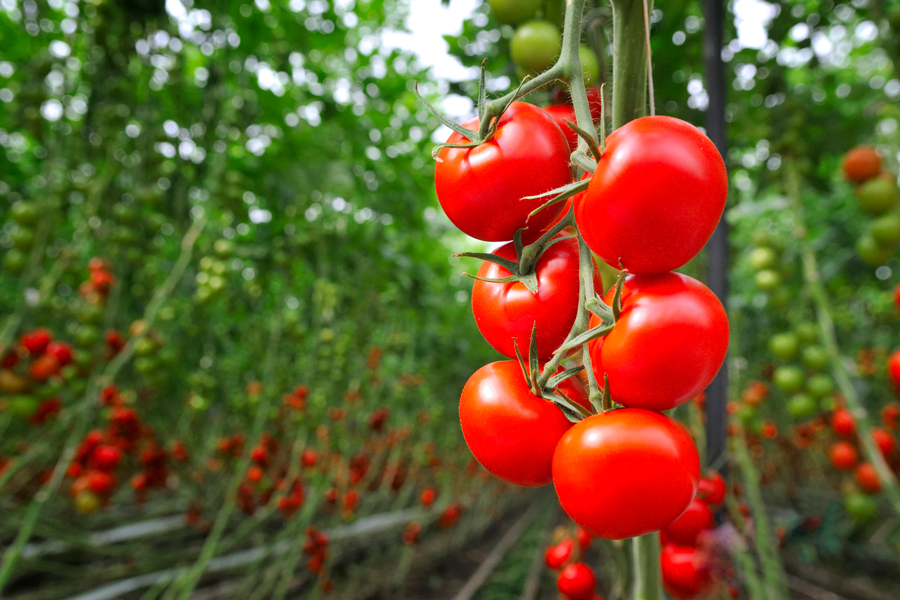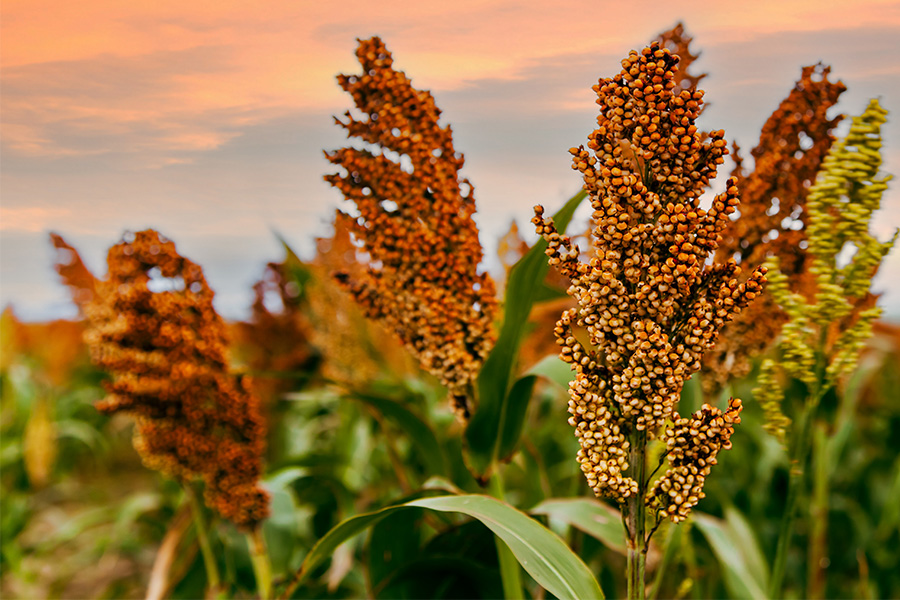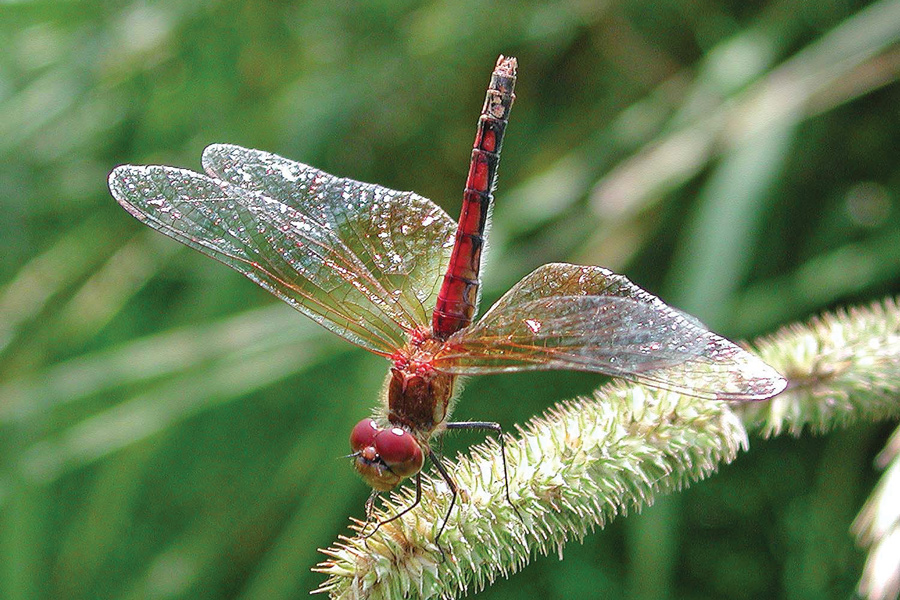Entomology
-

Commercial insect and weed control in summer and winter temporary grazing. Updated annually.
William G. Hudson, G. David Buntin, and Allison Faye Johnson
|
-

SB 28-16
Cotton
Commercial insect and weed control in cotton. Updated annually.
Phillip Marion Roberts, Stanley Culpepper, Robert C Kemerait Jr, Allison Faye Johnson, Camp Hand, and Michael D Toews
|
-

SB 28-34
Vegetables
Commercial insect and weed control in vegetables. Updated annually.
David G Riley, Stanley Culpepper, Alton N Sparks, Timothy Coolong, Bhabesh Dutta, Allison Faye Johnson, Intiaz Amin Chowdhury, and Taylor Randell Singleton
|
-

The Georgia Pest Management Handbook gives current information on selection, application and safe use of pest control chemicals. The handbook has recommendations for pest control on farms, around homes, urban areas, recreational areas, and other environments in which pests may occur. Cultural, biological, physical, and other types of control are recommended where appropriate.
Allison Faye Johnson and Victoria McCurley
|
-

This report provides research and extension results for trials conducted by the University of Georgia Vegetable Team and its collaborators in 2024. Contributing authors include county and regional faculty as well as specialists from UGA’s horticulture, plant pathology, crop and soil sciences, and entomology departments. All research has been supported by the Georgia Commodity Commission for Vegetables.
Timothy Coolong and Ted McAvoy
|
-

AP 132-01
2024 Georgia Corn Production Guide
This is the Extension Corn Team’s full production guide for recommended practices to plant and maintain a corn crop in Georgia. Topics include agronomic practices, growth and development, fertilization, irrigation, weed, insect and disease management, harvesting and drying, protecting stored corn, soil health, and economics/budgets.
G. David Buntin, Eric P. Prostko, Robert C Kemerait Jr, Amanda R Smith, Ronald Scott Tubbs, Wesley Porter, Guy Hancock, Henry Y. Sintim, Glendon H. Harris, and Michael D Toews
|
-

This resource lists the different types of pests that affect sorghum and its specific parts, as well as beneficial insects and mitigation techniques.
G. David Buntin
|
-

This publication includes recommendations and current guidelines for turfgrass pest control methods and materials in Georgia, as well as a turfgrass management calendar.
Clint Waltz and Patrick E McCullough
|
-

This publication contains photos and descriptions to help identify pests in Southeastern landscapes. Beneficial and pest insects are both included. NOTE: This publication is designed with tabs and cutouts that are not necessarily apparent when printed on a home printer.
S. Kris Braman
|